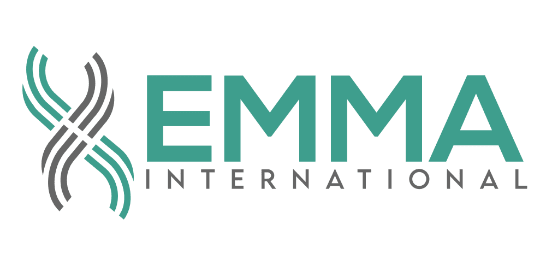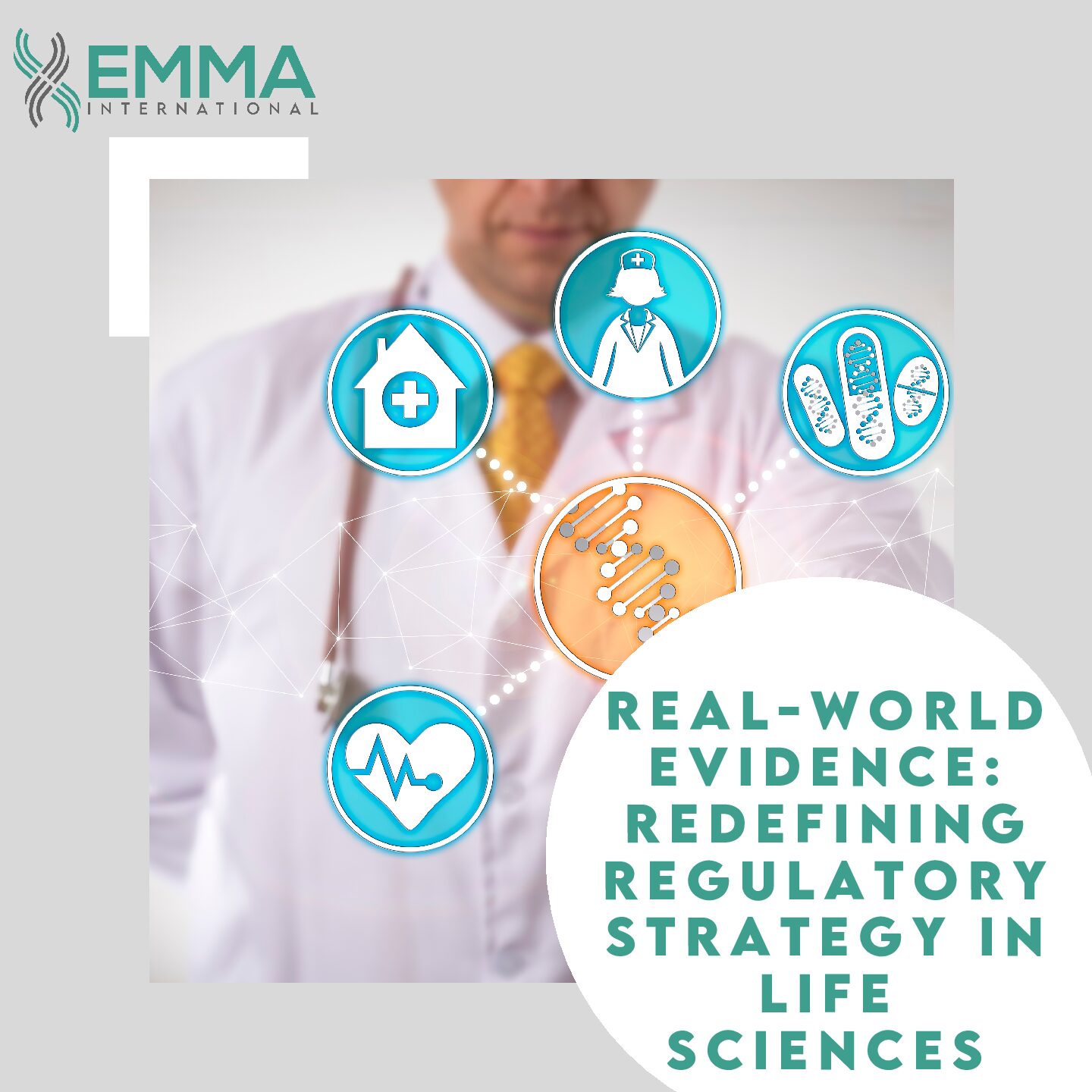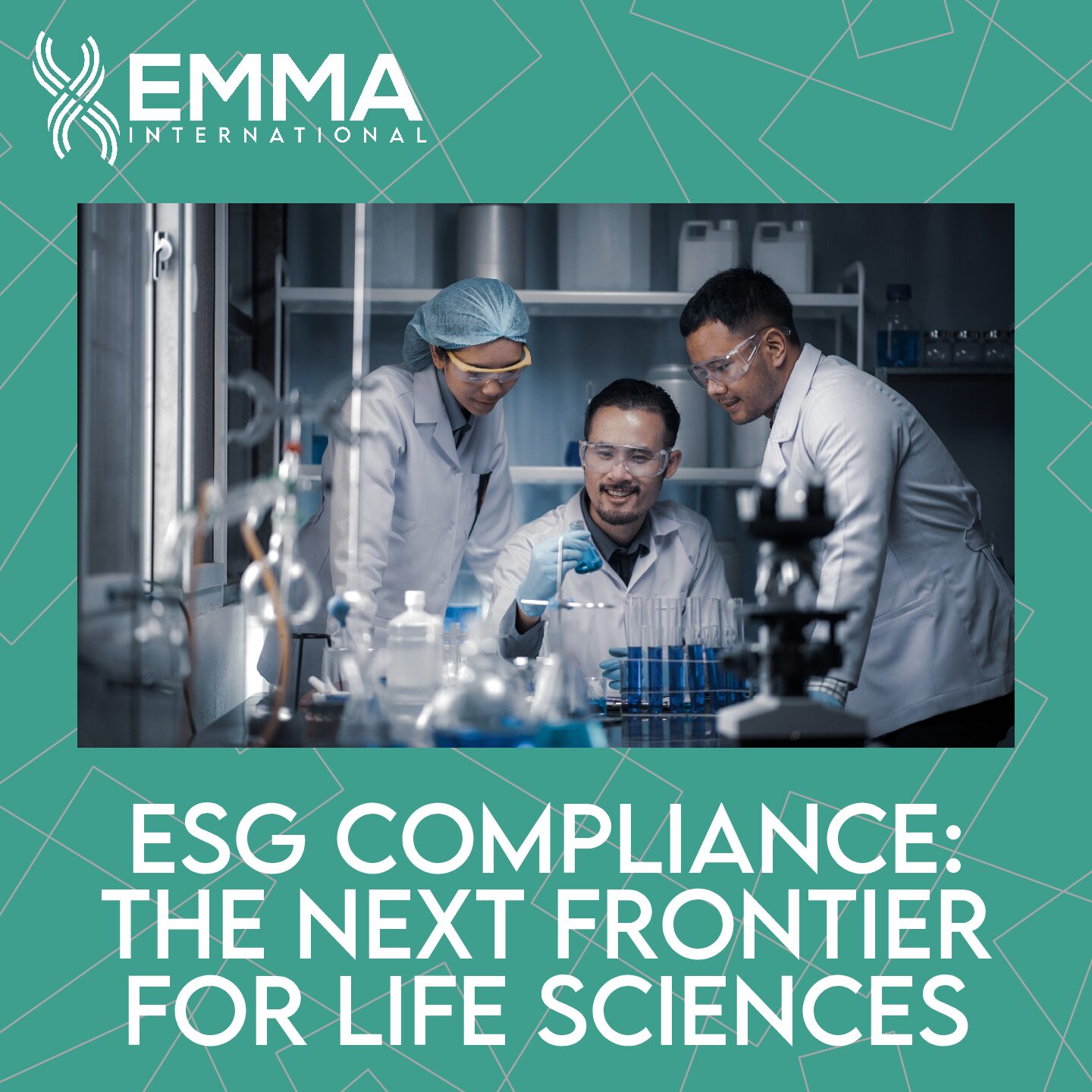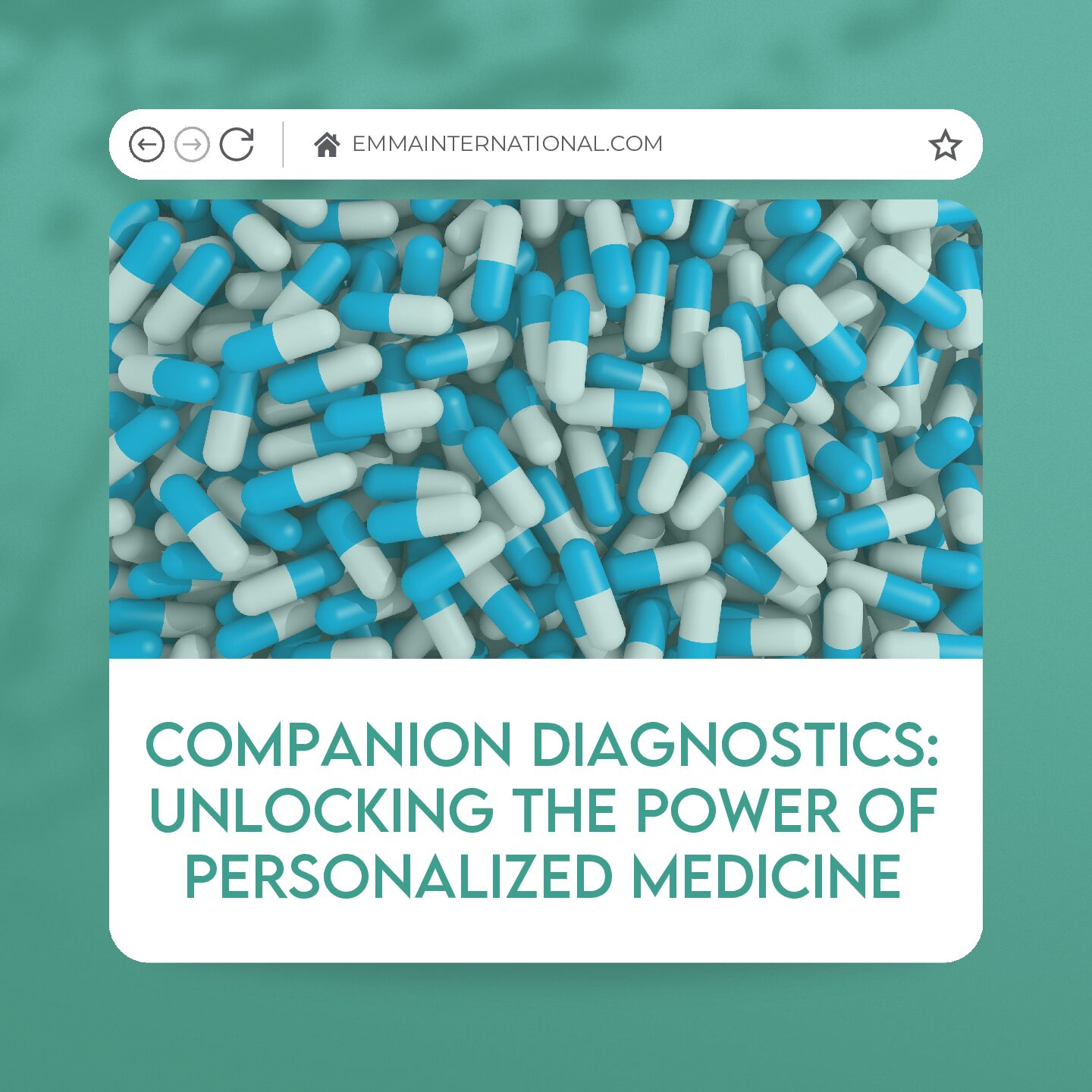Clinical trials have long been the gold standard for proving the safety and efficacy of new medical products. But what happens after a product hits the market? How do regulators and manufacturers continue to evaluate performance in the real world—beyond the tightly controlled settings of a trial? Enter real-world evidence (RWE), an increasingly powerful tool that is changing how drugs and devices are developed, approved, and monitored.
Real-world evidence is data derived from sources outside traditional clinical trials. This includes electronic health records, insurance claims, patient registries, and even wearable devices. These sources provide insight into how products perform in diverse populations, across different care settings, and over longer periods of time. For regulators like the FDA and EMA, RWE is helping answer critical questions: Is the therapy still effective in broader use? Are there new safety signals emerging? Does it offer added value compared to existing treatments?
RWE isn’t just useful for post-market surveillance anymore—it’s becoming a key component of regulatory submissions. The FDA’s 21st Century Cures Act and subsequent guidance documents have paved the way for RWE to support approvals for new indications, label expansions, and even new product submissions. This is especially relevant for rare diseases, oncology, and real-time monitoring of digital therapeutics, where traditional trials may not be feasible or fast enough.
But submitting RWE to regulators requires careful planning. The data must be high quality, relevant, and collected using robust methodologies. Sponsors must demonstrate how the evidence was gathered, how bias was minimized, and how the results can be interpreted reliably. That means aligning your real-world data strategy with regulatory expectations from the start—not as an afterthought.
At EMMA International, we help companies unlock the full potential of RWE in their regulatory strategy. Whether you’re leveraging existing registries, building observational studies, or integrating patient-reported outcomes, our team ensures your evidence generation aligns with FDA and EMA standards. We assist with data mapping, protocol development, statistical planning, and submission preparation, so your real-world story stands up to regulatory scrutiny.
Real-world evidence is more than a buzzword, it’s a bridge between clinical research and actual patient care. When used correctly, it can accelerate approvals, improve safety monitoring, and provide meaningful insights that shape better therapies. EMMA International is ready to help you build that bridge.
To learn how to integrate RWE into your regulatory plans, contact us at 248-987-4497 or email info@emmainternational.com.
References
[1] U.S. Food and Drug Administration (2023). 21 CFR Part 11 – Electronic Records; Electronic Signatures. Retrieved on 23 March 2025 from: https://www.fda.gov/media/75414/download
[2] ISO (2022). ISO 13485: Medical Devices – Quality Management Systems – Requirements for Regulatory Purposes. Retrieved on 23 March 2025 from: https://www.iso.org/standard/59752.html
[3] MedTech Dive (2024). How Cloud-Based QMS Is Changing the Game for Medical Device Companies. Retrieved on 23 March 2025 from: https://www.medtechdive.c




